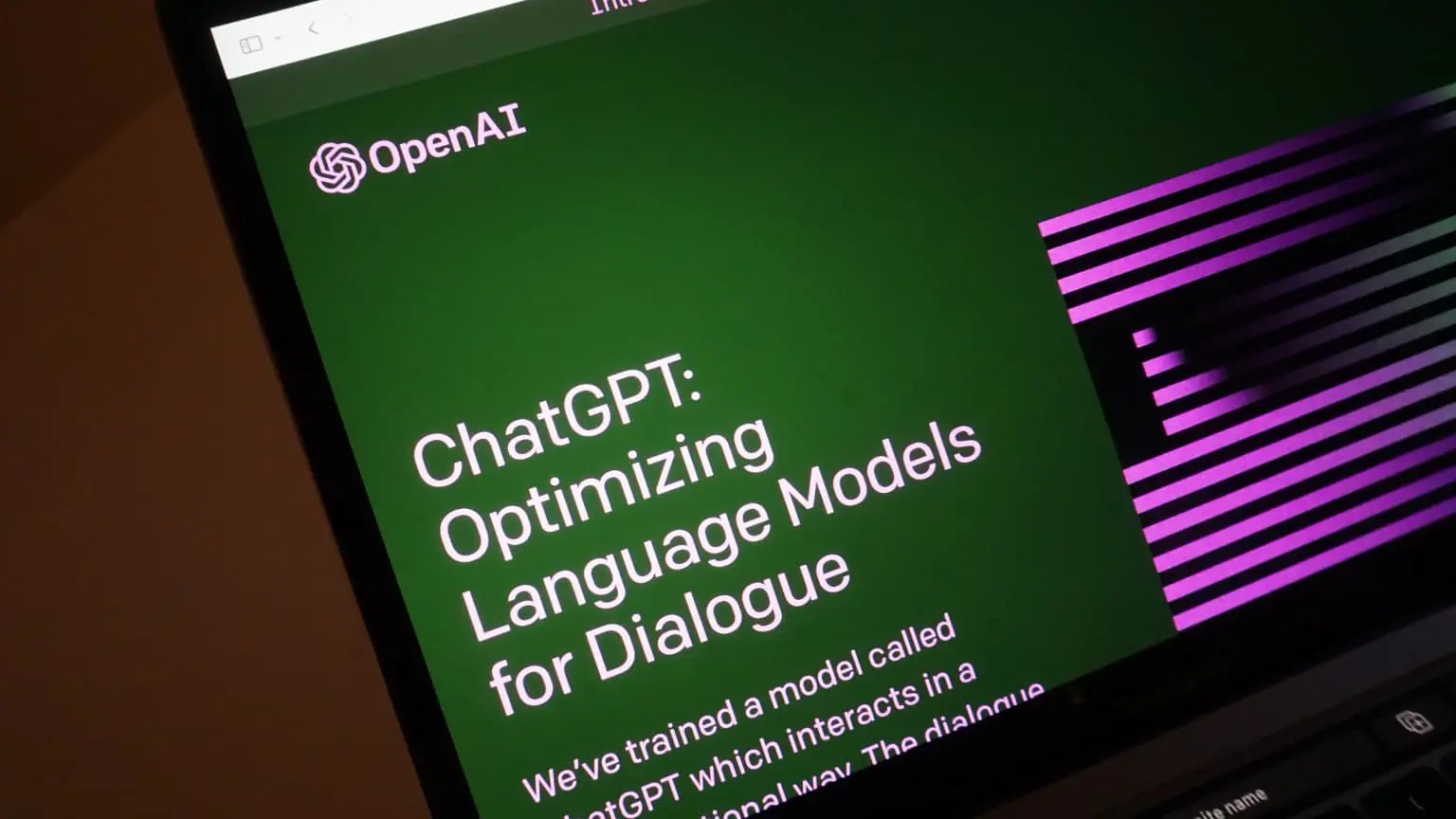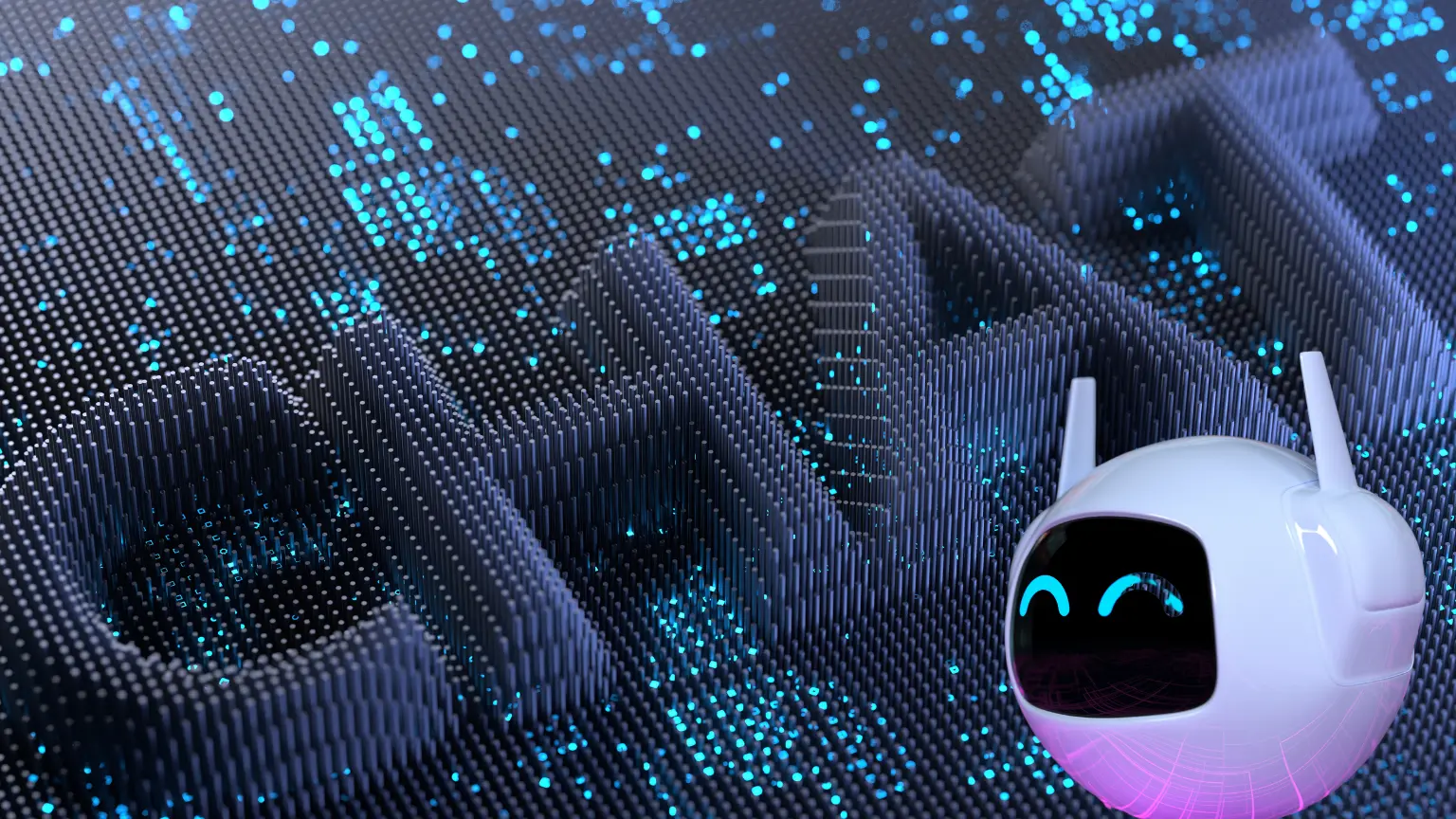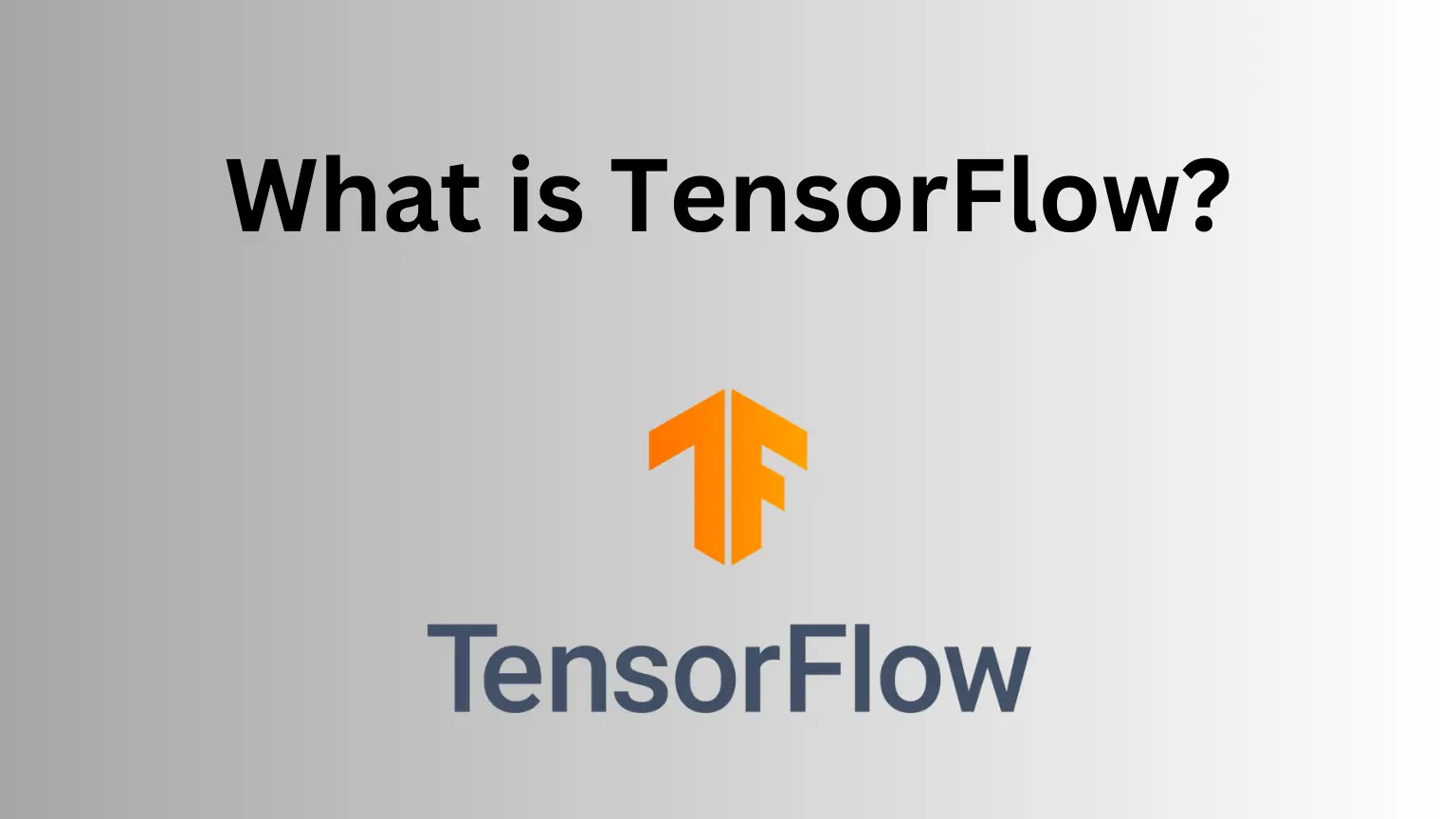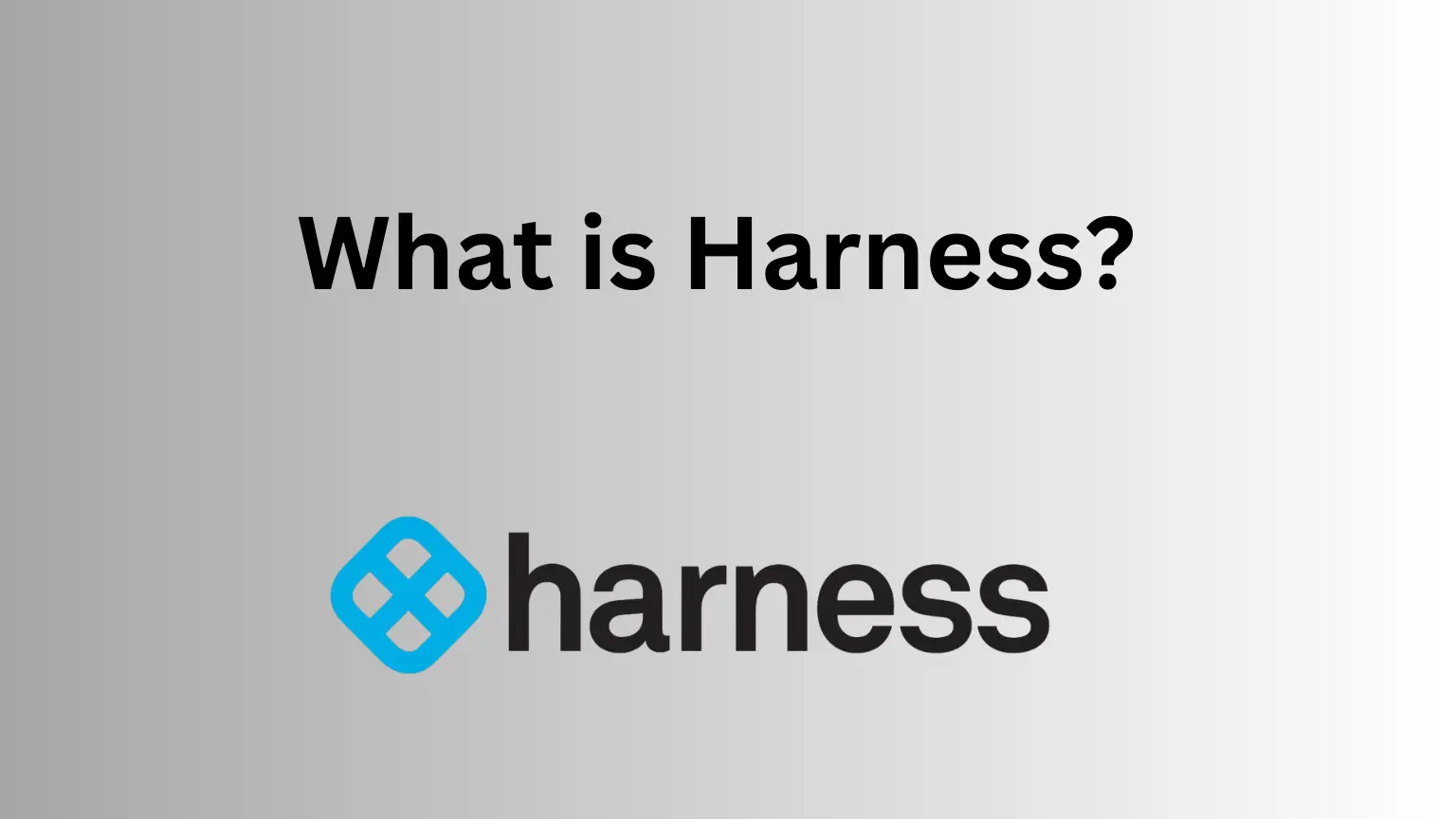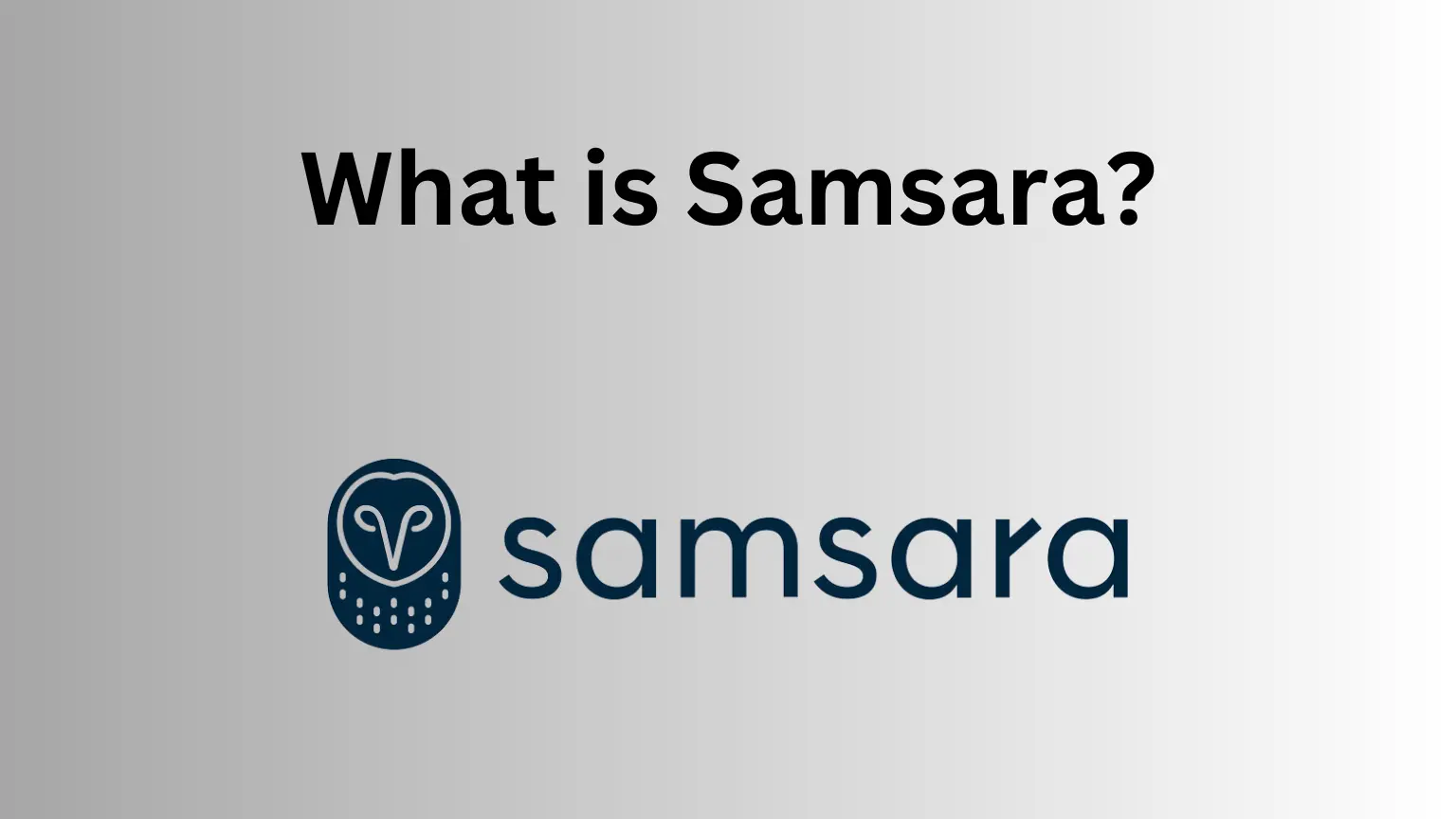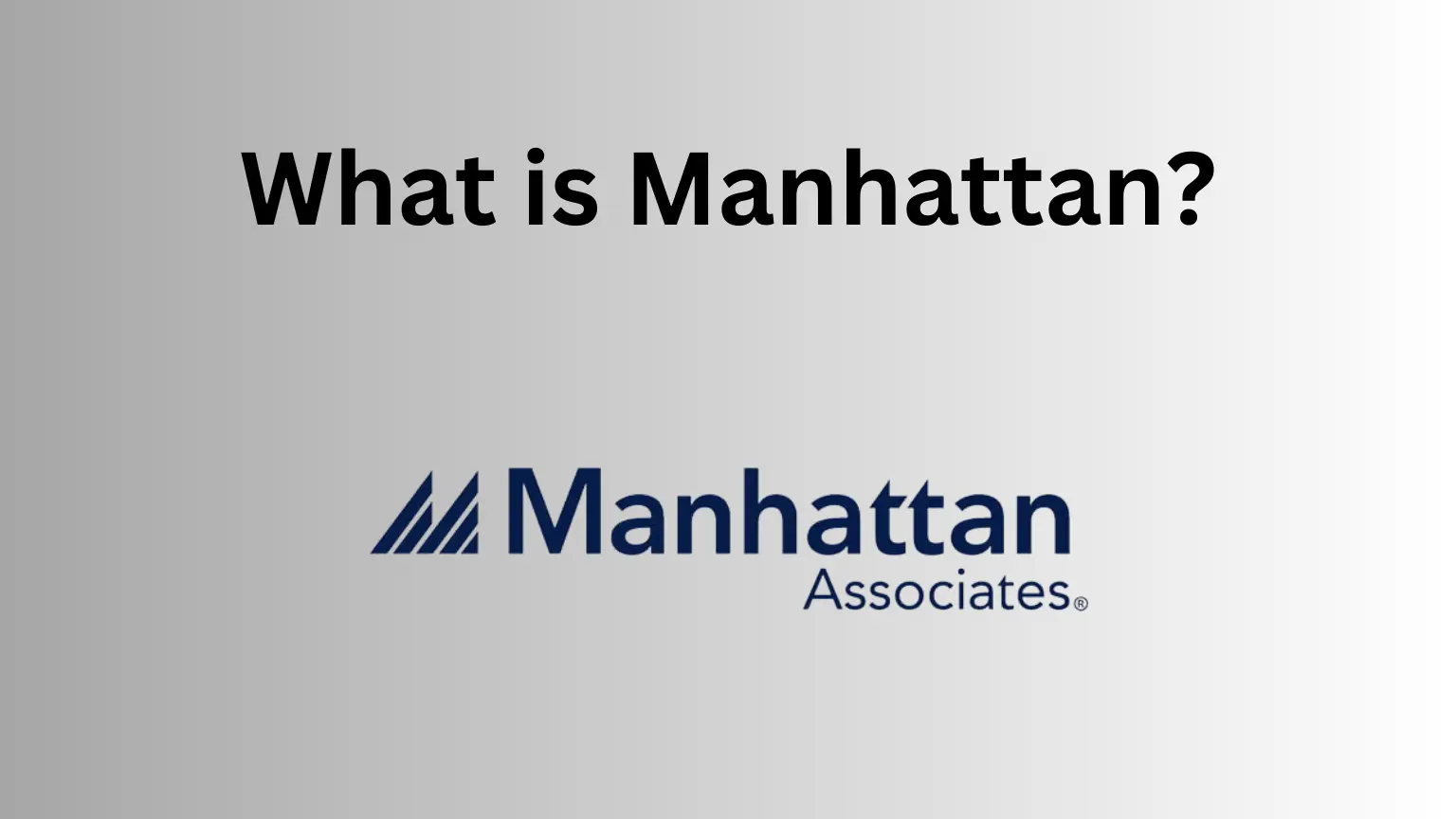The global fashion and clothing industry stands as one of the world’s largest economic sectors, with a staggering valuation of $1.5 trillion in 2021. Yet, it encounters a range of challenges concerning sustainability, production practices, and technological advancement.
AI is making its mark on the fashion industry, providing solutions to its unique hurdles. The global market for AI within the fashion sector, which was valued at $270 million in 2018, is projected to surge to an impressive $4.4 billion by 2027.
This article delves into some of the Best Fashion Created by AI applications within the fashion domain, aiming to guide industry leaders in recognizing opportunities to integrate AI into their operations.
The New Age of Storytelling: 20 Best Books Written by AI
Examples of How Ai is Impacting the Fashion Industry
1: AI for Creative Design
AI for Creative Design In the world of fashion, design has traditionally been a manual endeavor. However, the emergence of creative AI offers a powerful alternative, especially in challenging times like the pandemic when human work is limited. By harnessing AI-powered tools, clothing designs can be crafted using a blend of data sources, such as images from previous brand collections, data on customer preferences (colors, styles), and current fashion trends.
An example of this can be seen in the London College of Fashion’s research into innovative AI applications for fashion design and production. Although ongoing research exists, actual real-world implementations of AI-driven fashion design remain limited, often revolving around human-in-the-loop (HITL) models.
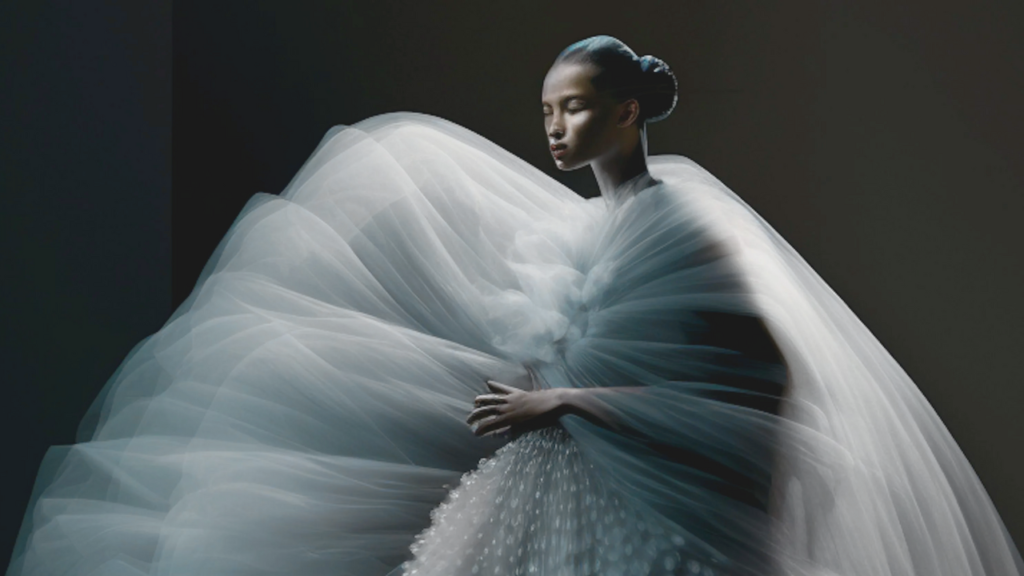
2: Improved Customer Interaction
A case in point is the collaboration between German fashion platform Zalando and Google, resulting in Project Muze. Through machine learning, this project engages customers with questions to gather insights into their favorite textures, colors, and styles, thereby generating unique clothing designs. In its first month, the project generated an impressive 40,424 designs, showcasing AI’s potential to shape the fashion landscape.
While some initial AI-designed garments may appear unconventional, the rapidly advancing field of generative AI promises practical and substantial improvements in the near future.
Enhanced Production through Automation Presently, the fashion manufacturing industry heavily relies on manual processes, which can sometimes involve less than ideal working conditions. However, AI-driven solutions are driving a shift towards automated apparel production, offering ethical advantages.
Automation supported by AI, such as robotics, has the potential to streamline risky or error-prone tasks within manufacturing facilities. This not only reduces the workload but also enhances worker safety. Companies like Sewbo and Softwear are at the forefront of this transformation, pioneering automated machinery for garment production.
Moreover, AI-equipped computer vision technology holds promise in fashion production, enabling efficient quality assurance and predictive equipment maintenance. By minimizing machine downtime and ensuring uninterrupted operations, AI contributes to a more streamlined and efficient production process.
3: Trend Forecasting with AI
Trend Forecasting with Precision Fashion trend forecasting involves predicting potential future trends. Traditionally, this process blends fashion expertise, intuition, and historical data to envision upcoming trends. Yet, gauging the accuracy of these predictions remains a challenge.
In the digital age, AI is revolutionizing trend forecasting by utilizing diverse data sources. Heuritech, a fashion tech company, has developed AI-powered technology that scrutinizes millions of social media images to predict trends accurately.
Such predictions not only guide fashion choices but also contribute to reducing waste within the industry. By crafting clothes that resonate with consumer preferences, more precise trend forecasts pave the way for efficient production, distribution, and reduced waste.
Elevating Fashion Retail through AI AI-enabled technologies are making their presence felt in fashion retail, enhancing various aspects of the shopping experience:
- Intelligent automation streamlines back-office tasks, including invoice creation.
- AI-driven computer vision systems support inventory management automation, retail theft prevention, and cashierless automated stores.
- Robotic Process Automation (RPA) contributes to improved customer relationship management and marketing operations.
A notable example of AI’s impact on fashion retail comes from H&M, a global fashion giant. They utilize AI to optimize and enhance their operational strategies, showcasing the transformative potential of AI in this domain.
The 10 Most Popular AI Poems: Best AI Poets and the Humans That Inspire Them
4: AI Created Virtual Model to Help Brands Advertise
A Japanese firm called “DataGrid” has innovated a novel AI (Artificial Intelligence) system designed to produce high-resolution images, serving as virtual models perfectly suited for advertising and the fashion industry.
This YouTube video by CGTN America also demonstrates how AI Will change the dynamics of the fashion industry. The video explains how Ai has impacted the fashion industry. The good news is that there are no shortcomings as AI has helped brands and advertisers in reaching their business goals.
5: AI is like A Heaven for Marketers Working in the Fashion Industry
Marketing teams and agencies can tap into the power of generative AI to come up with ideas for campaigns, create content for product promotions, and even design virtual characters for various marketing platforms—all quickly.
Finding success in marketing is often about trying different things. Think about TikTok: there’s no guaranteed way to make a video go viral. The more you create, the better your chances of getting noticed and boosting your brand. Using generative AI on a video platform can help make short videos for TikTok or social media. This saves time and money compared to making lots of content manually. Generative AI can spot trends in popular content and make new stuff that fits what marketers need.
This approach is great for in-house teams because it lets them do more without needing outside help. But it’s important to be careful. Copying what other brands do might hurt a brand’s unique style and message that took years to build.
Generative AI can also help make personalized messages for customers. Companies that make things feel personal earn 40 percent more money than ones that don’t, says McKinsey research.
Some startups like CopyAI, Jasper AI, and Writesonic are leading the way in using generative AI for personalized marketing. With these tools, a marketer can pick what type of content they want, like an email or blog post. They add some instructions, choose the audience, and set things like the tone. The AI gives a few options, and the marketer picks the best one.
These tools work best for getting people to buy things (lower-funnel marketing), not for building up a brand. Marketers still need to give direction and make changes.
6: AI for Fashion Design and Production:
As mentioned, AI isn’t helping just one individual in the fashion industry. Rather, it has significantly impacted the fashion industry as a whole.
Check out this video showcasing the innovative research conducted by institutions like the London College of Fashion, as they explore novel applications of AI in the realms of fashion design and production:
Final Thoughts!
In conclusion, the marriage of AI and the fashion industry is ushering in a new era of possibilities. From innovative design processes and streamlined production to precise trend predictions and elevated retail experiences, AI is proving to be a dynamic force driving positive change within the fashion landscape.
As the industry continues to evolve, embracing AI presents the opportunity to navigate challenges and chart a course towards a more sustainable and technologically advanced future.


